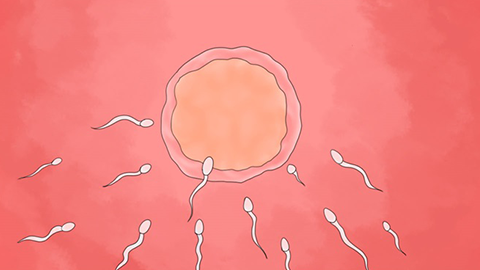How is a fertilized egg formed?
Generally, the formation of a fertilized egg is a process in which the egg and sperm meet and combine within the woman's fallopian tube. This process relies on normal ovulation by the ovaries, sperm motility, and the ability of both the egg and sperm to unite. It involves several critical steps, including ovulation, sperm capacitation, and fusion. A detailed explanation is as follows:

During each menstrual cycle, the ovary releases a mature egg. Once picked up by the fimbriae of the fallopian tube, the egg enters the ampulla of the fallopian tube and waits for fertilization. If sexual intercourse occurs at this time, the sperm ejaculated from the male will pass through the vagina, cervix, and uterus, finally entering the fallopian tube. Here, the sperm undergoes capacitation, acquiring the ability to bind with the egg. Among numerous sperm, only a few with strong motility can reach the vicinity of the egg, and ultimately, only one sperm penetrates the zona pellucida of the egg and fuses with the egg's nucleus to form a fertilized egg.
After the formation of the fertilized egg, cell division begins. Under the peristaltic movement of the fallopian tube, the fertilized egg moves toward the uterus. This journey takes about 3–4 days, during which the fertilized egg develops from a single cell into a multicellular blastocyst, preparing for subsequent implantation.
In daily life, individuals who are trying to conceive can support normal fertilization by monitoring ovulation, maintaining regular sleep patterns, and following a healthy diet, thereby providing a favorable environment for both egg and sperm.




